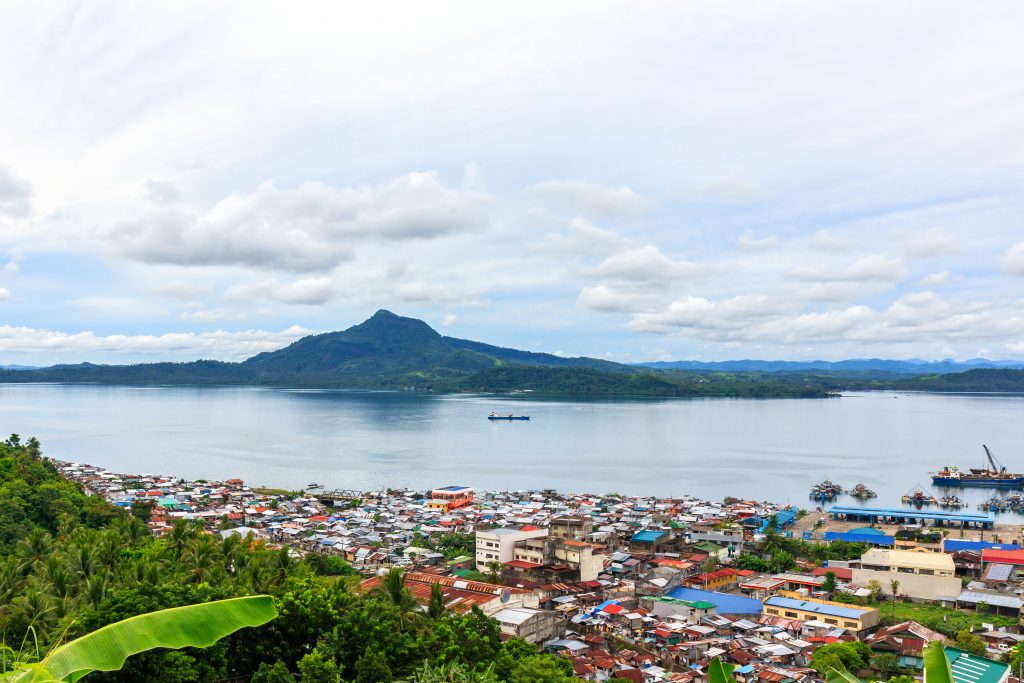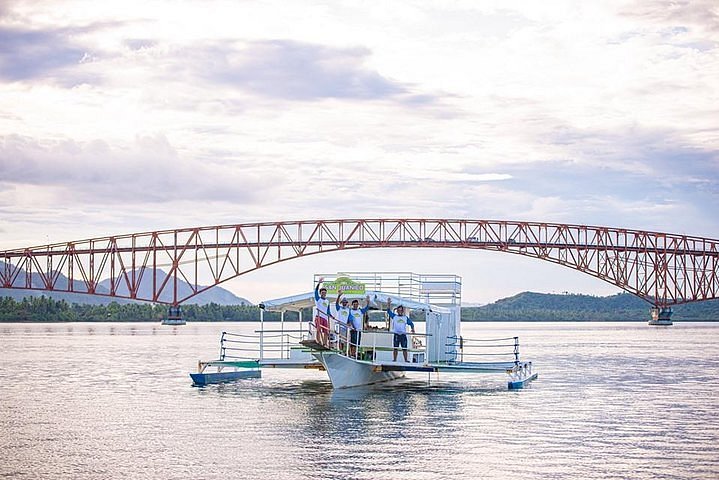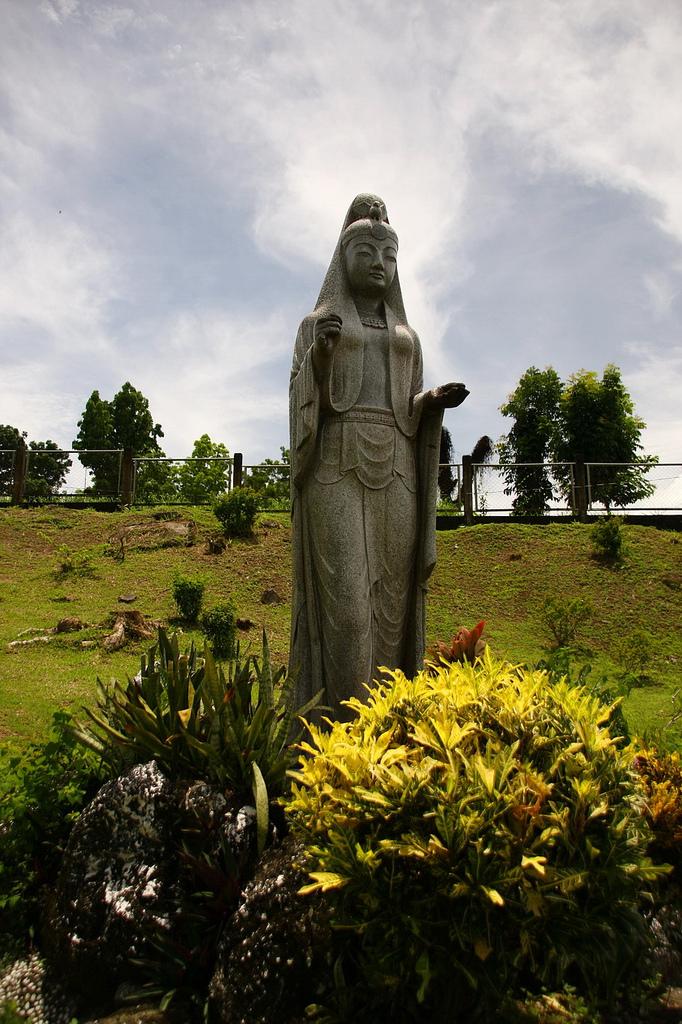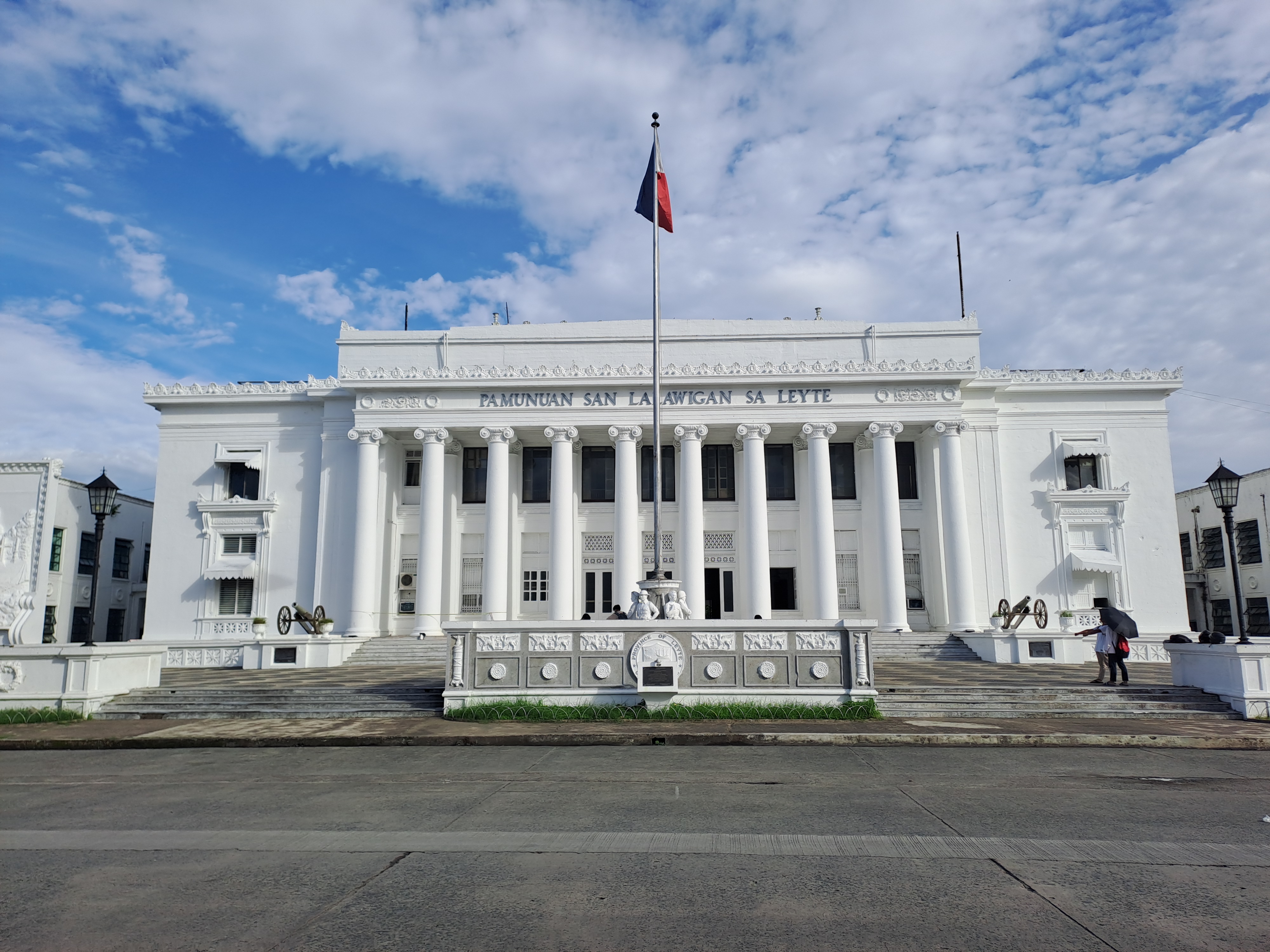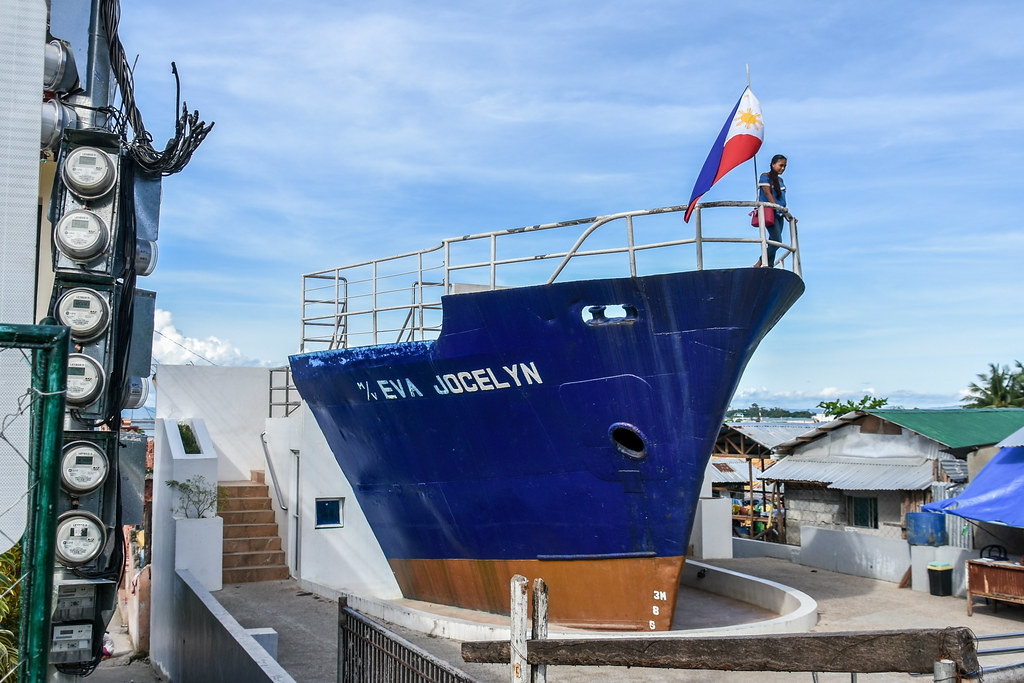Welcome to Tacloban City in Leyte, and welcome to Anthro on Foot's walking tour! This is a self-paced
walking
tour that features key heritage sites and cultural highlights in the area. We hope you enjoy this tour
as much as
we enjoyed curating it!
Tacloban City, once a fishing village and a barrio of Basey in Samar, was initially known as
Kankabatok, named after its first settler, Kabatok, signifying Kabatok's property. Governed by Palo
politically and under the parochial jurisdiction of Basey, Kankabatok later adopted the name
Tarakluban, derived from Taklub, a basket-like tool for catching fish, crabs, and shrimps.
Eventually, the name evolved to its current designation, Tacloban.
The precolonial history of Tacloban is deeply rooted in the cultural heritage of the indigenous
peoples who have inhabited the region for centuries. The Waray is the most prominent indigenous
group in the region.
The arrival of the Spanish colonizers in the 16th century marked a significant turning point in the
history of Tacloban. The influences of colonial rule, changes in governance, and the introduction of
Christianity have shaped the modern cultural landscape of the area.
In the late 18th century, Tacloban emerged as a vital trading hub due to its strategic location.
Recognizing its well-sheltered port and sufficient facilities, Tacloban was declared the capital of
Leyte on February 26, 1839.
The Waray culture is influenced by a mix of indigenous practices, Spanish colonial heritage, and
modern Filipino elements. Traditional dances, music, and festivals play a significant role in their
cultural expression. One well-known festival is the Pintados-Kasadyaan Festival, a fusion of two
events with distinct cultural and historical significance, which typically takes place in late June.
